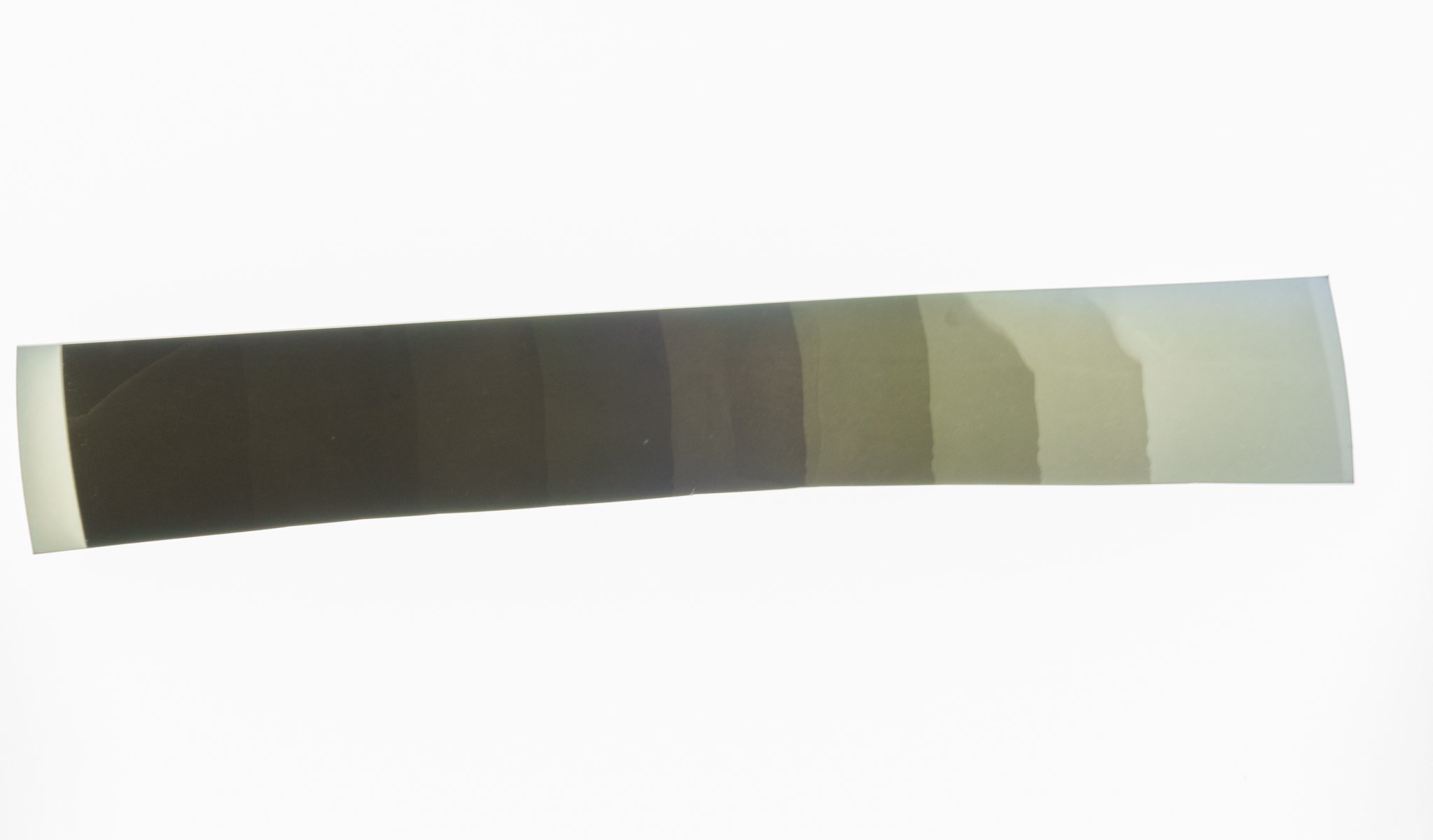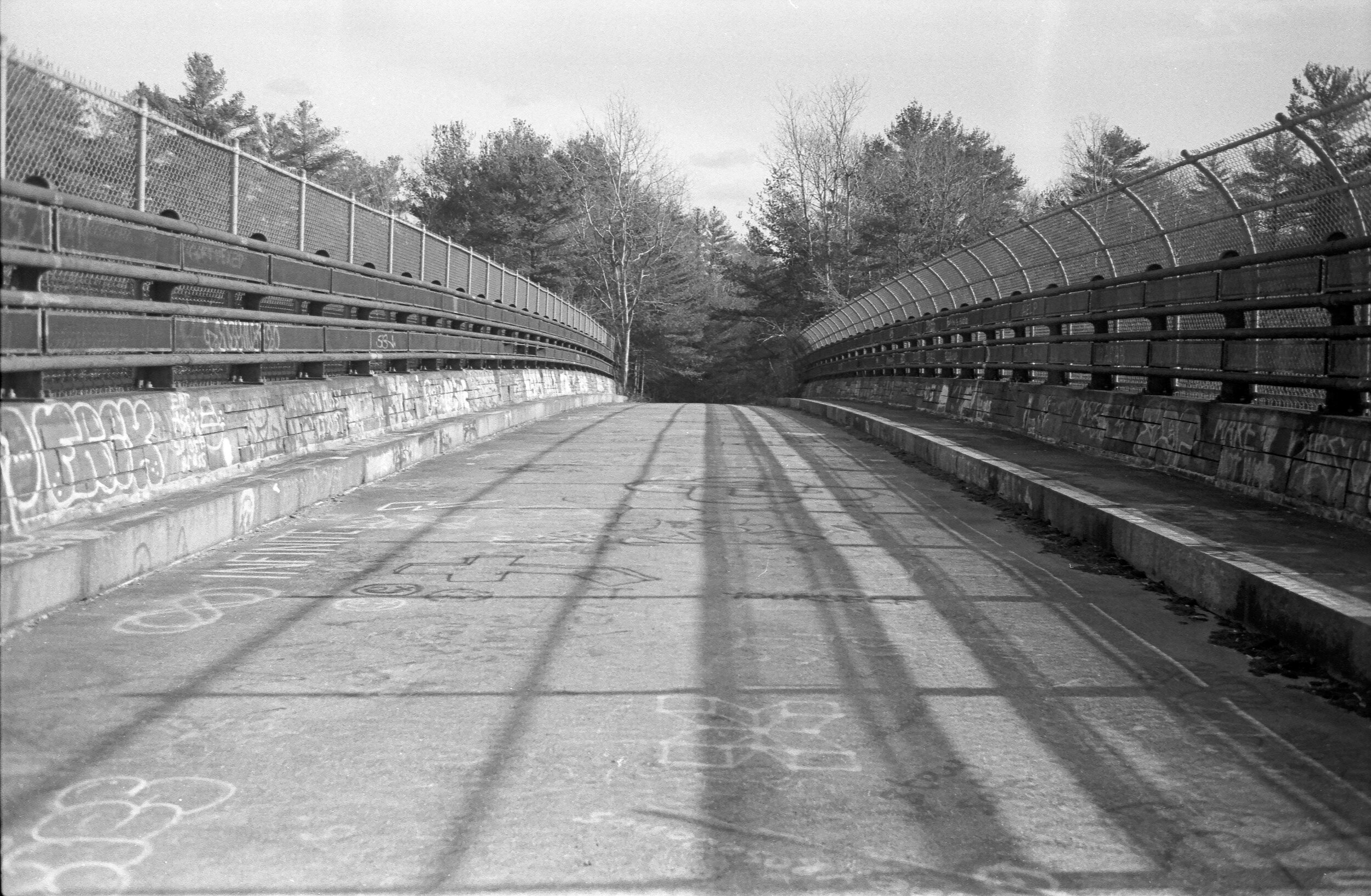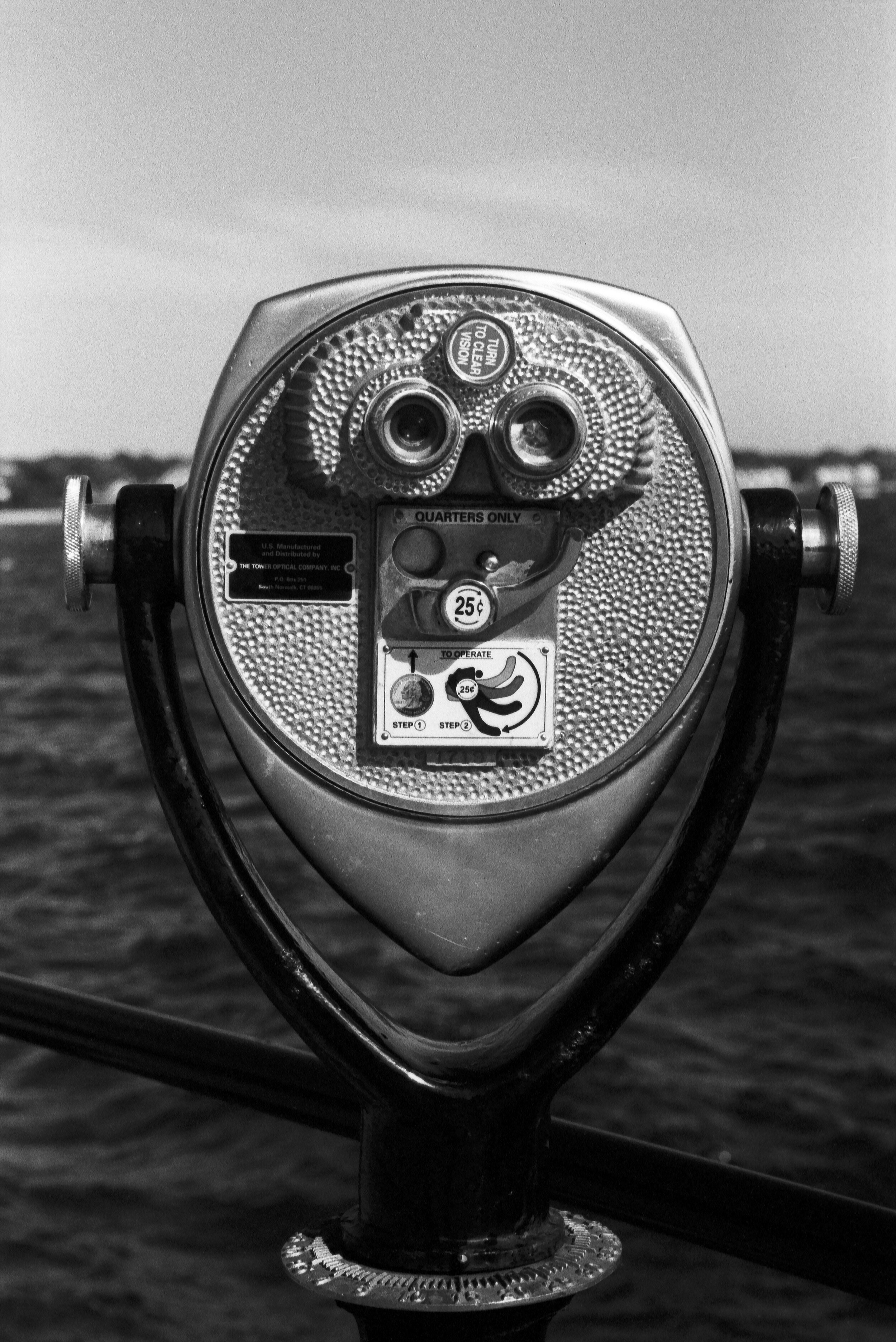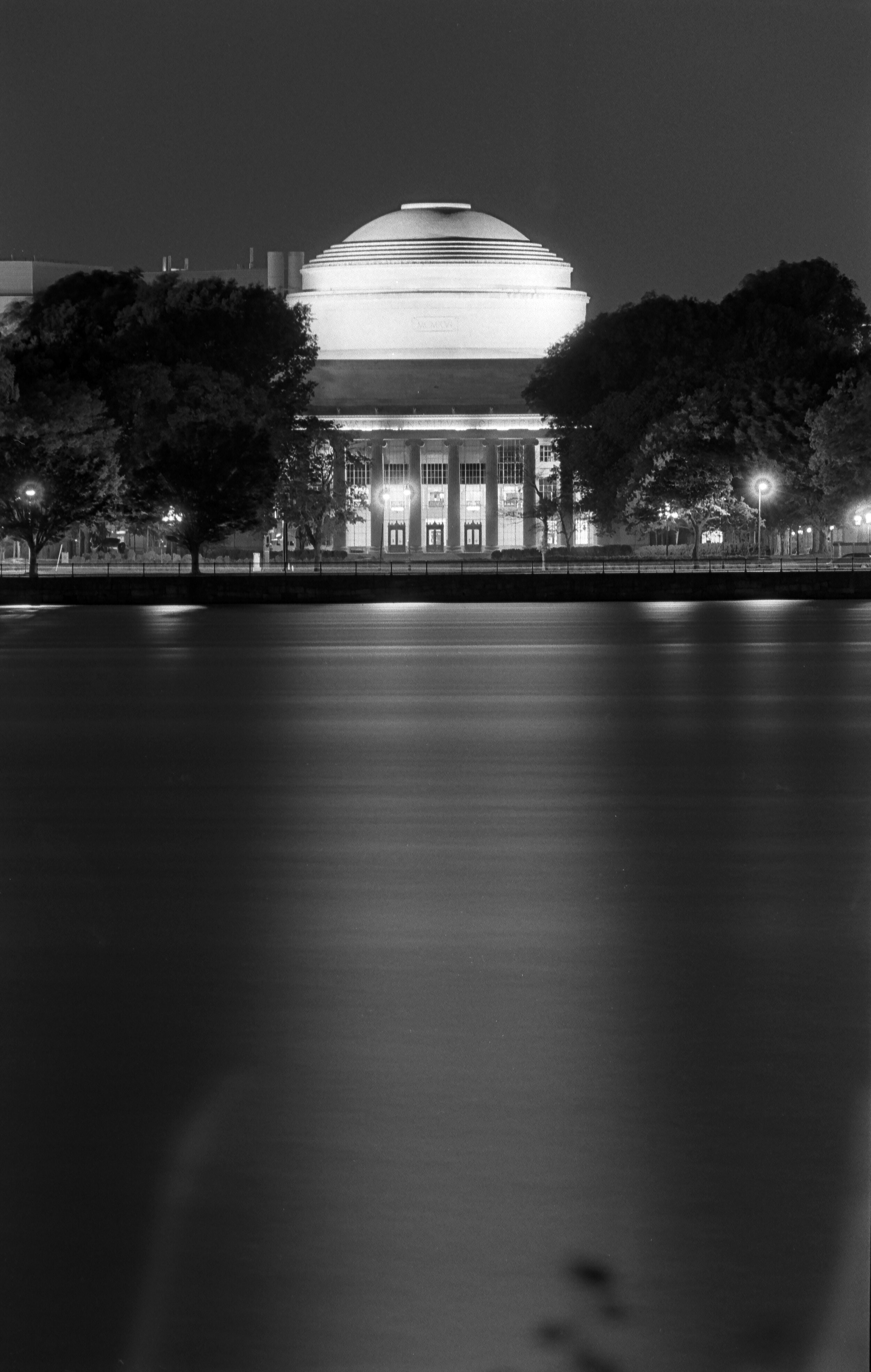As a photographer, there’s always a moment when you have to push yourself out of your comfort zone to grow. If you read my last post, you know I’m reaching that point in my photography journey; get uncomfortable, or keep shooting the same boring shit all the time. Back in December, I made the commitment to putting myself out there more. This meant meeting new people, networking with other creatives and doing at least 1 photoshoot per month. Here’s how January’s went down.
The Concept
The whole retrowave-vibe is slowly becoming by entire personality; think lots of pink, teal, neon and everyone drives a Countach. Just move me to Miami, already. The place in my area that I thought of that could still have a proper 90’s feel to it still was a local shopping mall. I wasn’t sure what I was expecting but when I checked the place out, it was a definite no. Back-up location number one had permanently closed since I last looked into it and, back-up location number 2 wanted $500 to rent out the entire venue. Hard pass. Finally, I landed on Joe’s Playland; an arcade on the beach in Salisbury, MA. I quickly began the pre-shoot planning process: getting permission from the venue, scouting out the location for lighting, ideas, parking and a place for the make-up artist to set up and work.
The locations was perfect but I needed to pivot from the retrowave aesthetic and focused on an 80’s/90’s arcade vibe. It’s not the most original idea—there’s literally millions of “girl in an arcade” photos out there—but I aimed to set mine apart with cohesive wardrobe styling and hair/makeup. Even without a strong narrative in the images, I wanted the theme to stand out.
For weeks, I had been saving ideas and inspirations to a Pinterest board. This gave me a general starting place laying out the overall feel of the images I wanted to create. Once the arcade was confirmed as the location, I pared down the inspiration images considerably. I then used Canva to create a document that laid out all the details of the shoot: dates, times, outfit, hair and make-up options. I then sent this document over to the model and the make-up artist to be sure we were all totally on the same page.
The Challenges
Lighting Issues
Lighting was my biggest hurdle. The venue didn’t allow any external lighting, so I had to work with available light. This meant flat, unflattering fluorescent light coming from directly above the model’s head. When I scouted the location the week prior, I had noticed the second floor of the venue had an entire wall of near floor-to-cieling, south-facing windows that let a ton of natural light pour in that would eventually transition into golden-hour light as the sun set. However, on the day of the shoot, a winter storm rolled in, and I lost that beautiful light almost immediately. Once we moved to the ground floor, the ambient light from the arcade games helped a lot, but it wasn’t ideal.
I brought my Mamiya RZ67 with me because it’s the portrait camera and, ever the optimist, I hoped the light would be adequate enough that I could keep my shutter speed high enough to hand hold it. Even with an 800-speed film the fastest shutter speed that I was able to maintain was 1/30th, 1/60th. I don’t recommend trying to shoot an RZ67 hand-held at 1/30th.**
Damaged Equipment
I brought a Tiffen ProMist filter because I wanted to add a bit of flair to the arcade lights. When I went to remove the UV filter from my 28-70mm lens, it wouldn’t budge. I turned harder - didn’t budge. Used a rubber glove for some extra grip, now I meant business - didn’t budge. Looking at the lens, at some point in the last year it took a pretty good whack; there was a dent in the filter ring that now had the UV filter locked onto the front the lens. Excellent. (As someone who shits on people using UV filters at any opportunity, I am well aware of the irony here. Ask me in the comments why I always have a UV filter mounted). So now I have to stack the ProMist filter on top of the UV filter - a less than ideal situation. It wasn’t the end of the world but it was an unnecessary additional stress into what was, for me, an already stressful event.
A New Camera
I traded in my Sony A900 for a new-to-me Sony A99. Although I’d been warming up to the new camera for this shoot, it was still an adjustment. It’s similar enough to my A900 (a camera I can run with my eyes closed), but there’s always a learning curve with new gear.
Autofocus Struggles
When the natural light disappeared, the face detection autofocus on my camera started struggling. Things improved when we moved downstairs, but it was a lesson in being prepared for less-than-perfect lighting conditions. The A99 has excellent autofocus, but it performs at its best with newer, Sony lenses; I, of course, was running an old Minolta lens.
The tiny dent that created a giant headache
The Successes
Despite the challenges, there were plenty of wins that made the shoot an overwhelming success.
An Amazing Team
The model I worked with was experienced and intuitive, which made my job much easier. I didn’t have to spend much mental energy on directing her—just small adjustments for lighting or hair placement. Similarly, the makeup artist was a pro and brought her own creative ideas that elevated the concept. Collaborating with such skilled professionals was a huge boost. Had either of them been a lesser model or a lesser make up artist, the end result would have not been anything close to what it was.
Pre-Shoot Prep
I created a pre-shoot brief using Canva that outlined the concept in detail, complete with reference photos. This was a game-changer. It helped me flesh out my vague idea into a clear, executable vision. It also set expectations for the model and MUA, so they could come prepared. I also took the time to scout the location in advance so that I knew what kind of light I would be working with, make sure there was a suitable location for the MUA to set up and work, and to pre-plan some locations within the arcade to take some shots.
Execution
Everyone showed up on time, and the makeup was finished as scheduled. The shoot started on time, and I got all the shots I wanted. When I hit creative blocks, the model had great suggestions to keep things moving. The incoming storm worked in our favor by keeping the venue nearly empty, giving us free rein of the space.
Personal Growth
The biggest success wasn’t technical—it was personal. Meeting strangers from the internet to lead a project like this is completely out of my comfort zone. I’m not a naturally sociable person, and the idea of meeting new people gives me hives. My anxiety was fully present and, while on the way to the shoot, my sole thought was, “just don’t look like a jackass”. But I pushed through, and I’m so glad I did. This experience wasn’t just about growing as a photographer; it was about pushing myself personally. And now? I’m addicted. I need to do this again.
Lessons Learned
Here are the key takeaways from this experience:
Prep is everything. Have a clear vision, communicate it, and plan every detail. Don’t leave it to the last minute, especially if working with a team.
Be flexible. Things won’t always go as planned, don’t be so locked into one course of action that you can’t adjust..
Ask for help. Whether it’s advice, collaboration, or access to a venue, people are often willing to help if you just ask.
Just do it. Anxiety will tell you all the reasons to stay home, but the reality is never as bad as you imagine.
Final Thoughts
This shoot was a major step forward for me as a photographer. It forced me to tackle challenges head-on, collaborate with talented creatives, and push myself beyond my usual boundaries. The result? A collection of images I’m proud of and an experience I can’t wait to repeat.
If you’re thinking about planning your first photoshoot, here’s my advice: prep, stay flexible, and don’t let anxiety hold you back. You’ll surprise yourself with what you can accomplish.
Model: @alycia_erin_
MUA: @lexieartistry_
*Let me break it down in more detail for those of you who don’t shoot medium format. I needed to drop my shutter speed so low because I needed to keep my aperture as small as possible to maximize the depth of field. The size of a 6x7 negative is nearly double the size of a frame of 35mm, or a full-frame 35mm digital sensor. This means that the depth of field, for any given aperture, on 6x7 is about 25% of the size of the depth of field for the same aperture on 35mm.
35mm: 8 feet from the subject, 50mm lens, f/2.8 = DoF 16 inches
6x7: 8 feet from the subject, 110mm lens (roughly 50mm equivalent), f/2.8 = DoF 7 inches
Change that to 5’ = DoF 2 inches
(If you don’t fully understand how aperture, shutter speed and ISO/film speed interact, read this)
So if I focus on your eyes, that gives me 3.5 inches in front of and behind your eyes to work with. Your eyes are in focus, but the tip of your nose isn’t; these are the margins I’m working with; if your head moves slightly when you inhale, or I shift my weight, focus is missed.
So obviously I want to be shooting at something like f/5.6-f/8.0. I don’t have the light inside this arcade to shoot that though, the shutter speed would be far too low - 1/15th, 1/8th. Not a chance. Best I can do is 1/30th at f/4.0. I can shoot a 35mm SLR hand-held at 1/30th all day. Hell, I could even get down to 1/8th. But the RZ67 is huge, physically; it’s a lot of camera to try to hold still. The huge mirror inside the RZ, even when the camera is locked down on a tripod, can cause camera shake at those slow shutter speeds when the shutter is fired and the mirror swings out of the way.
Had I been able to use flash, this would have been less of an issue. I could have shot at f/8.0 with a very slow shutter speed because the firing of the flash would freeze the model still and camera shake or her/my movement wouldn’t have impacted the image in a negative way. It actually could have made a very cool images (google shutter drag photography).




















































